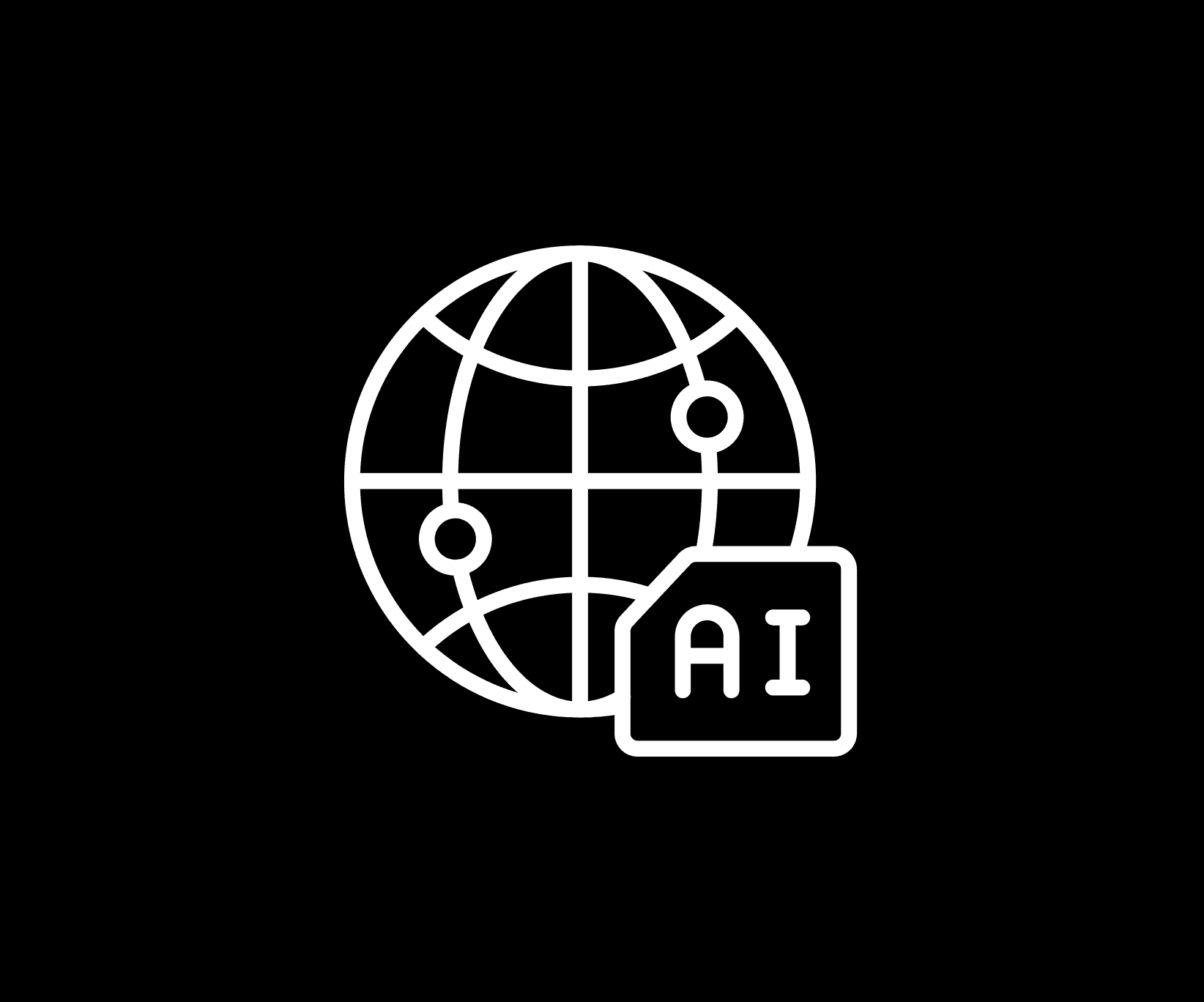Framer
AI Regulation in CA: Protecting or Hindering Progress?
Author: Amirhossein Amini
LLM student in International and European Law at Paris Nanterre university, specializing in International Commercial Law. Passionate about arbitration and RegTech.
Introduction
Artificial intelligence (AI) is transforming industries and economies at an unprecedented pace. But with this rapid growth comes significant risks and challenges. As California continues to lead in AI innovation, it's crucial to address these concerns through thoughtful regulation. Senate Bill SB 1047, known as the Safe and Secure Innovation for Frontier Artificial Intelligence Models Act, aims to introduce crucial safeguards for AI development. However, this bill has sparked intense debate. Critics like Andrew Ng argue that it may reflect a misunderstanding of AI's trajectory and its implications for innovation.
This post synthesizes key insights from various articles and documents related to SB 1047. You can find the links to these resources in the references section at the end of this document.
The Growing Need for AI Regulation
With AI reshaping everything from communication to business operations, the need for regulation has never been more urgent. SB 1047 emerges at this pivotal moment, seeking to establish a regulatory framework for advanced AI models. Supported by numerous tech organizations and unions, this legislation proposes stringent requirements for developers and cloud service providers to ensure that AI development remains safe, ethical, and sustainable.
Key Provisions of SB 1047
SB 1047 introduces several critical measures to manage the risks associated with advanced AI models. These include:
Mandatory Risk Assessments: AI models must undergo thorough risk assessments before deployment to identify and mitigate potential hazards.
Robust Security Protocols: Developers are required to establish comprehensive security measures to protect against misuse, including cybersecurity protections.
Independent Audits: Regular audits by independent bodies will ensure compliance with the law and help maintain the integrity of AI systems.
Public Cloud Computing Cluster: The bill proposes the creation of a public cloud computing cluster to support AI development, enhancing accessibility and innovation.
"Kill Switch" Feature: AI systems must include an emergency deactivation mechanism, or "kill switch," to address malfunctions quickly and prevent harm.
These provisions specifically target AI models with development costs exceeding $100 million, impacting major companies like Microsoft, Google, Meta, OpenAI, and Anthropic.
Impact on Innovation and Competitiveness
While SB 1047 aims to safeguard public interests, its potential impact on innovation cannot be overlooked. Jason Kwon, OpenAI's head of strategy, warns that the legislation could slow the pace of innovation and drive top engineers and entrepreneurs out of California. In a letter to Senator Scott Wiener, Kwon expressed concerns that SB 1047 might "undermine California's status as a global leader in AI," raising a crucial question: Is this the right approach to balancing innovation with regulation?
Is SB 1047 the Right Approach?
Given the stakes, it's essential to explore whether SB 1047, despite its good intentions, could be improved. Examining AI regulations in other jurisdictions might offer more balanced and effective solutions. A comparative study could provide valuable insights to refine California’s legislation, aligning it more closely with the realities of current technological advancements.
I. The Necessity of Regulating the Complexity and Risks of AI
AI systems' increasing complexity and potential to cause significant harm underscore the need for robust regulation. While AI offers substantial benefits, such as advanced educational tools and professional training simulations, it also poses serious risks, like the creation of deceptive political "deepfakes."
To address these issues, SB 1047 introduces two compliance pathways:
Certification of Non-Facilitation: Developers certify that their system does not facilitate significant risks, such as the creation of weapons of mass destruction.
Accountability for Damages: A more stringent approach may involve holding developers accountable for damages caused by their systems, even if specific risks were unforeseeable, ensuring that AI labs are responsible for the technologies they create.
For models that do not qualify for exemption, the bill imposes additional security measures, including an "emergency off switch," adherence to National Institute of Standards and Technology (NIST) standards, and a comprehensive written security protocol. These measures aim to mitigate the risks posed by advanced AI systems.
II. The Ambiguities of SB 1047: A risk to Innovation ?
Despite its intent to ensure public safety, SB 1047 presents significant flaws that could stifle innovation and research. The bill requires developers to anticipate and address hypothetical risks, often unrelated to practical concerns, forcing them into speculative scenarios rather than focusing on concrete risks associated with AI technologies.
For example, the bill’s heavy compliance requirements could deter developers from sharing their models publicly, which could negatively impact AI innovation and security. Furthermore, tying penalties to training costs rather than actual risks may not accurately reflect the severity of potential damages.
III. Potential Solutions Through Comparative Law
Given the debate surrounding SB 1047, it's worth considering whether existing regulatory models could offer better solutions for balancing individual protection with effective AI regulation.
III.A The Colorado Bill: A More Tailored Regulation
The Colorado Bill provides an example of targeted regulation, focusing on AI models by sector or application. Unlike SB 1047, which broadly targets all AI developers, the Colorado Bill specifically addresses companies developing or providing "covered models" within California. This approach may better balance the need for protection with the desire for innovation.
III.B A Potential Japanese Approach to Regulation
Japan’s balanced stance on AI regulation offers another potential solution. The country promotes growth by allowing companies to self-regulate based on government-issued guidelines, such as the AI Guidelines for Business Ver1.0. These voluntary guidelines aim to balance societal and individual rights while encouraging AI innovation.
Although not legally binding, compliance with these guidelines could influence legal outcomes in AI-related disputes. Japan’s approach, combined with existing laws, may provide a comprehensive framework for AI regulation that California could consider as it refines its own legislation.
Conclusion
As California continues to lead in AI innovation, it's crucial to find the right balance between regulation and fostering a competitive environment. SB 1047 introduces necessary safeguards, but its ambiguities and potential impact on innovation warrant careful consideration. By examining approaches from other jurisdictions, California can refine its legislation to better align with the rapidly evolving AI landscape and maintain its leadership in the field.
References:
Nayak, R. (2024, July 18). Japan’s AI regulations: Agile governance in action. Diligent. Retrieved from https://www.diligent.com/resources/blog/japan-ai-regulations
White & Case LLP. (2023). AI watch: Global regulatory tracker - Japan. White & Case. Retrieved from https://www.whitecase.com/insight-our-thinking/ai-watch-global-regulatory-tracker-japan
CalMatters. (2024). California SB 1047 AI legislation. Digital Democracy. Retrieved from https://digitaldemocracy.calmatters.org/bills/ca_202320240sb1047
Time Staff. (2024). California SB 1047 and the future of AI. TIME. Retrieved from https://time.com/collection/time100-voices/7016134/california-sb-1047-ai/
La Tribune. (2024). United States: The explosive law SB 1047. La Tribune. Retrieved from https://www.latribune.fr/technos-medias/informatique/etats-unis-sb-1047-la-loi-explosive-qui-ravive-toutes-les-tensions-autour-de-l-ia-1004683.html
Lawfare Staff. (2024). California's SB 1047: Progress in AI safety. Lawfare. Retrieved from https://www.lawfaremedia.org/article/california-s-proposed-sb-1047-would-be-a-major-step-forward-for-ai-safety-but-there-s-still-room-for-improvement
Foley & Lardner LLP. (2024). California Dreamin': SB 1047 and AI innovation. Foley & Lardner LLP. Retrieved from https://www.foley.com/insights/publications/2024/07/california-dreamin-sb-1047-ai-innovation/
Enterprise AI World. (2024). The coming AI regulations. Enterprise AI World. Retrieved from https://www.enterpriseaiworld.com/Articles/Editorial/Features/The-Coming-AI-Regulations-163797.aspx
The Verge Staff. (2024). OpenAI's perspective on California AI safety bill SB 1047. The Verge. Retrieved from https://www.theverge.com/2024/8/21/24225648/openai-letter-california-ai-safety-bill-sb-1047
Mirage News. (2024). Experts warn of AI-powered autonomous weaponry. Mirage News. Retrieved from https://www.miragenews.com/experts-warn-of-ai-powered-autonomous-weapon-1291750/
METI Japan. (2024). AI strategy implementation and regulation. Ministry of Economy, Trade and Industry, Japan. Retrieved from https://www.meti.go.jp/shingikai/mono_info_service/ai_shakai_jisso/pdf/20240419_9.pdf





